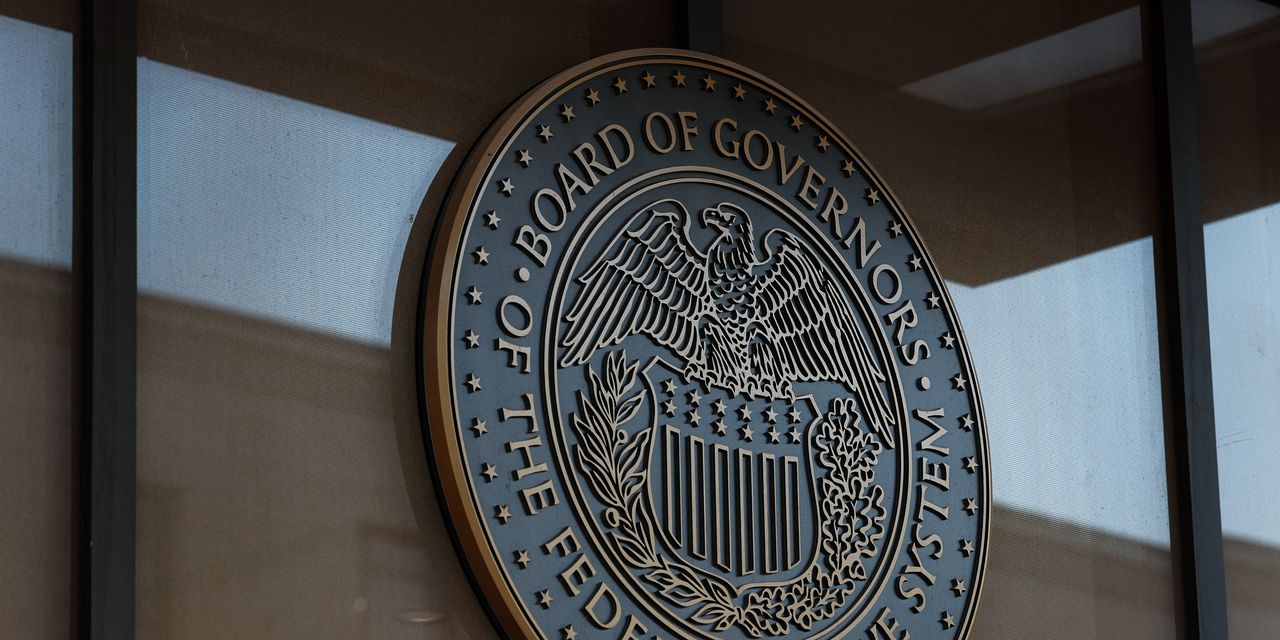The numbers: Banks slightly reduced emergency borrowing from the Federal Reserve last week in the wake of Silicon Valley Bank’s failure. They drew $163.9 billion from the central bank in the week ended March 22, compared to $164.7 billion in the prior week.
Key details: Banks borrowed $110.2 billion from the Fed using the “discount window.” That is the Fed’s traditional standing liquidity facility for banks. This week’s borrowing is down from $153 billion in the prior week.
The Fed lent an additional $53.7 billion from the new Bank Term Funding Program set up to prevent damage to the banking industry from further bank runs. It allows banks to get loans and not have to sell securities into the market at a loss.
That is up from $11.9 billion in the prior period, which was the first few days after the program started.
The Fed lent money to the holding companies of two major failed banks, California-based SVB and Signature Bank in New York.
The Fed also made $180 billion in credit available to stress banks through the Federal Deposit Insurance Corp., up from $143 billion in the prior week. The FDIC eventually returns the money to the Fed.
Big picture: Economists are watching the Fed’s weekly balance-sheet data closely to gauge whether the stress on banks from the recent collapse of Silicon Valley Bank is increasing.
The Fed set up a plan last year to let its balance sheet slowly shrink after it hit over $9 trillion as a result of efforts to keep the economy and financial markets stable during the pandemic. These emergency bank loans reverse some of that reduction.
Fed Chairman Jerome Powell on Wednesday said the quantitative tightening program would continue and that the Fed had not discussed changing the program.
Powell said the balance-sheet expansion is temporary and is not intended to alter the Fed’s monetary policy.
What are they saying? “The Fed’s balance-sheet release over the past week suggests that the situation in the U.S .banking sector appears to be stabilizing,” said Krishna Guha, vice chairman of Evercore ISI, in a note to clients.
Read the full article here








